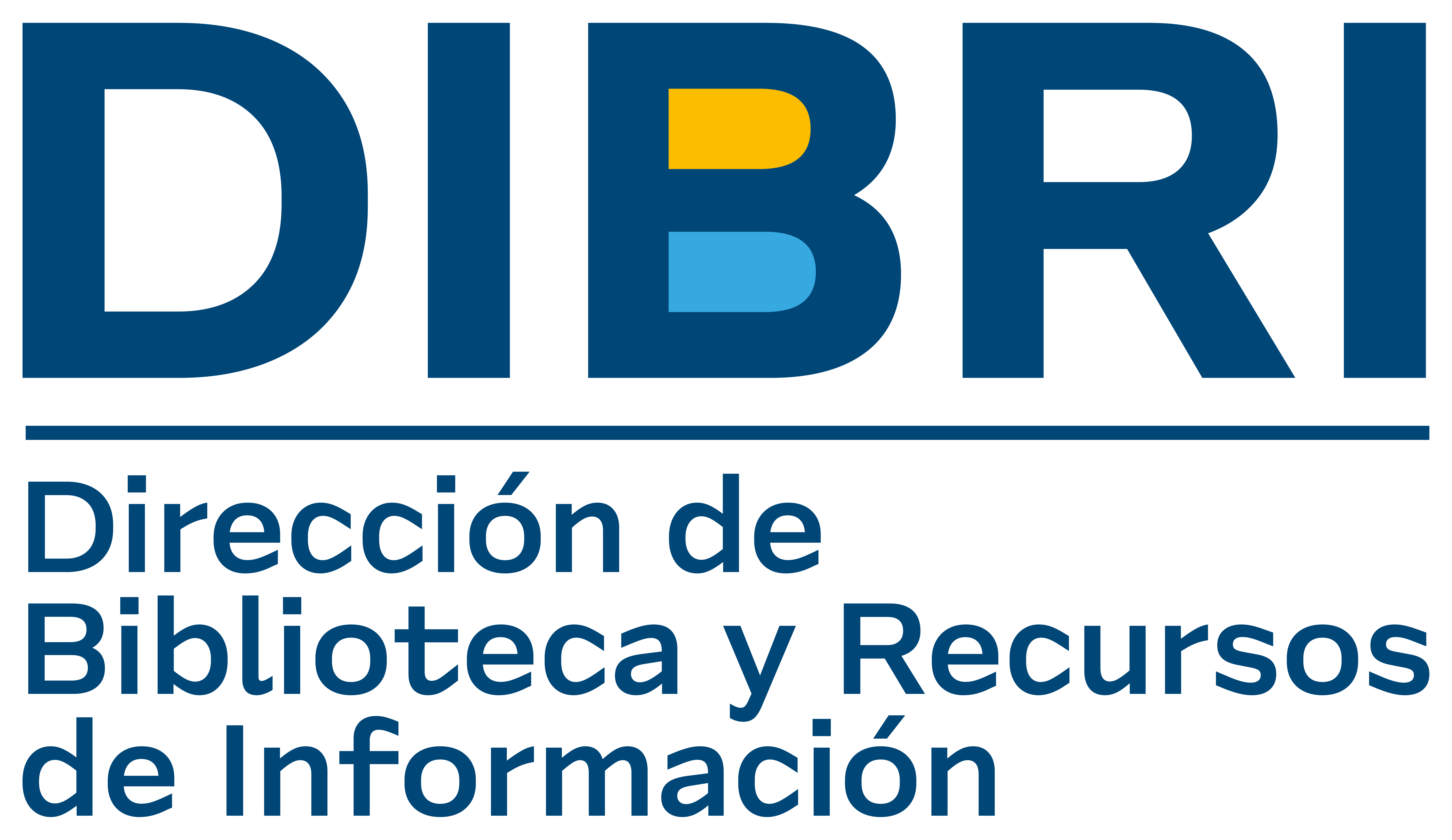A study of effects of teaching english according to prevailing multiple intelligences amongst 7th grade students al Centro Educacional Salesianos Alameda
Resumen
The following research is aimed to cover aspects related to inte lligence and its conceptions and varieties based on Howard Gardner’s Multiple Intelligences (MI) theory. According to the key points in Multiple Intelligences theory presented by Armstrong in 2009, each person possesses eight intelligences which work in a unique way and can be developed in an adequate level of competency. This study emerges from the researchers’ experience as trainee teachers in Chilean subsidized secondary schools, specifically in 7th grade from what was observed in their practicum process and their general about students’ strengths and abilities in the EFL classroom. There is also an intention to highlight the Critical Period Hypothesis (CPH) in this research because according to what CPH states, the critical period in terms of age is end ing for these students and they have a significantly smaller chance of learning successfully a second language beyond this period which is a crucial stage for language learning or language acquisition. Additionally, some Chilean educational background wil l be pointed out as it is part of the environment for this research in order to understand the context from which this study derives. Nowadays, it is essential that teachers consider student’s way of learning to plan and perform effective lessons being awa re of the stage of development their students are facing. Consequently Teaching English as a foreign language can be challenging, regarding this main concern, in 2005 Herbert Puchta states: “even if you have never thought of applying the concept of MI to your teaching at all, your students have been using their various intelligences freely all the time, regardless of your intentions. So in a sense, your classroom has always been a multiple intelligences one” In addition, MI theory makes its greatest contri bution to education by suggesting that teachers need to expand their repertoire of techniques, tools, and strategies beyond the typical linguistic and logical ones predominantly used in American classrooms (Armstrong, 2009).



